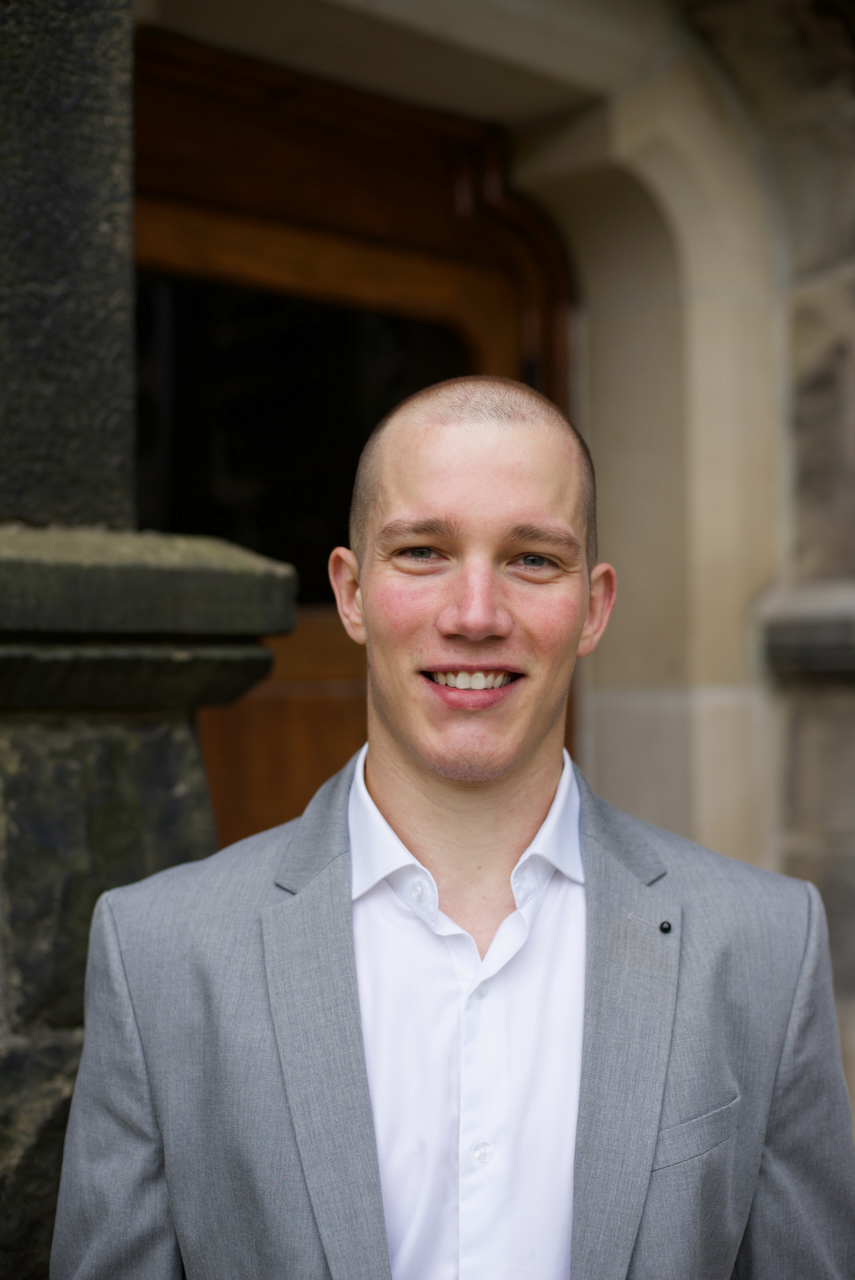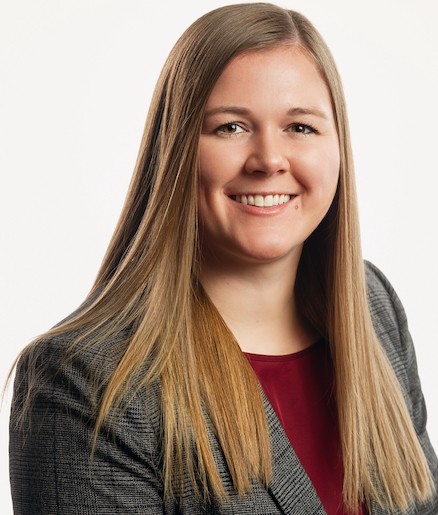
"I am grateful to the OTA for their enthusiastic support of resident research and scientific inquiry. Ankle injuries are an extensively studied topic in the orthopaedic literature, and numerous studies have described syndesmotic instability as a result of traumatic injuries. We sought to use cadaveric specimens to investigate whether repairing the deltoid ligament may improve syndesmotic reduction in the setting of a complete syndesmotic injury. Our group has previously shown that syndesmotic reduction is superior with the ankle in neutral plantarflexion as opposed to forced dorsiflexion due to the trapezoidal shape of the talar dome in which the wider anterior portion of the talar dome may contribute to syndesmotic malreduction when forcibly dorsiflexed. Our current understanding of the relationship between the deltoid ligament and its role in ankle and syndesmotic stability as a medial stabilizer is not well described. Establishing optimal techniques to achieve anatomic reduction of the syndesmosis may reduce the incidence and burden of malreduction and its associated complications. Through the OTA and their generous support with the OTA Resident Research Grant, we are able to build off our previous work to continue to improve techniques in achieving anatomic syndesmotic reductions and overall improve patient satisfaction and outcomes. I am grateful to the OTA for their support of resident research and education and honored for the opportunity to contribute to the orthopaedic literature as a result." - Christopher R. Leland, MD

"Serving as a resident physician investigator on the 'Casting Change: Developing a Protocol for Locally Made Plaster of Paris' project was an incredibly rewarding experience made possible by the Orthopaedic Trauma Association's Resident Research Grant. This project directly addresses a critical need in Low- and Middle-Income Countries (LMICs), where plaster of Paris is essential for managing musculoskeletal injuries, but supply chains are often inadequate or prohibitively expensive. The project’s goal is to develop a reproducible, affordable, and scalable method for producing plaster from locally sourced materials in sub-Saharan Africa, using materials common in our main partner country, Malawi. The OTA Resident Research Grant was instrumental in funding this vital investigative work, allowing us to pursue a project with such meaningful real-world implications. Crucially, the grant enabled us to assemble and support a diverse, interdisciplinary team essential for tackling this complex problem, including dedicated materials scientists, skilled mechanical engineers, and clinicians spanning multiple levels. This collaborative effort has developed a prototype in our Boston-based labs, and we are now comparing its mechanical properties to commercial plaster using rigorous, quantitative biomechanical testing methods. We also are assessing its usability to optimize its formulation for practical field use in splinting fractures in our target communities. This research has the potential for significant impact by strengthening local self-reliance and sustainability in orthopaedic trauma care, reducing dependency on unpredictable global supply chains. I am profoundly thankful to the generous donors whose support directly enabled this research aimed at improving care in resource-limited settings." - Elyse Jordan Berlinberg, MD

"Despite advances in fracture treatment, nonunions remain a significant challenge for orthopaedic surgeons. While autologous bone grafting remains the gold standard, its limitations have spurred interest in alternatives such as endothelial progenitor cell (EPC) therapy, which has shown promising preclinical results. However, existing studies have mostly used bone marrow-derived EPCs from male donors in male recipients, neglecting potential sex-based differences. Prior research suggests that sex influences progenitor cell behavior, with female cells demonstrating differences in proliferation, extracellular matrix generation, and angiogenesis compared to male cells. Additionally, female animals have shown slower and less robust fracture healing in preclinical models. Yet, the impact of sex on the bone healing capability of EPCs remains unknown. This study aims to investigate how donor and recipient sex affects EPC-mediated bone healing.
Completion of this study would not be possible without the financial support provided by the OTA Resident Research Grant. This grant has provided me with the incredible opportunity to develop my skills as a researcher while pursuing orthopaedic basic science knowledge with the potential to change future clinical practice. Thank you to the OTA for making this possible." - Kalter Hali, MD

"Orthopedic trauma patients with critical bone defects present a challenging clinical scenario for care providers. The different treatment options available have variable reliability or require extensive surgical intervention. Orthobiologics, such as recombinant human bone morphogenic protein (rhBMP-2), have been proposed to improve bone healing. While rhBMP-2 is the current FDA-approved agent, BMP-2 homodimers only activate native signaling at side effect-limited doses. Conversely, BMP-2/7 heterodimers recapitulate native BMP signaling and are ten times more potent in bone formation, thereby causing less inflammation. Since fracture healing begins with hematoma formation, we propose using a biomimetic hematoma as a scaffold for delivering mRNA coding for BMP-2/7 heterodimers to heal critical bone defects in a previously developed rat model from our lab.
With the support of Drs. Doro, Murphy, and Li, I am excited to serve as the resident principal investigator on this project to hopefully add another tool to our critical bone defect tool box. I am incredibly grateful to the Orthopaedic Trauma Association, the donors, and the grant reviewers for their ongoing support of resident research, without whom this work would not be possible." - Rachael Tolsma, MD
"I am extremely grateful to have been selected as a recipient of the OTA Resident Research Grant. This generous support enables me to pursue my project entitled, "A Biomechanical Evaluation of Stress Distribution in Healed Distal Femur Fractures Treated with Lateral Plating." By assessing the strain on the proximal femur with mechanical loading, we aim to enhance our understanding of the stresses felt by the femur with different plate constructs. Our hopes is to determine the optimal construct to avoid excess stress to prevent peri-implant fracture.
The findings from this study have the potential to inform clinical practices, guiding surgeons in optimizing treatment strategies to improve patient outcomes. The OTA's commitment to advancing orthopaedic trauma research through initiatives like this grant is invaluable. I am grateful for the opportunity to complete this work and for the OTA's role in supporting resident-driven research endeavors." - Lisa M. Tamburini, MD
